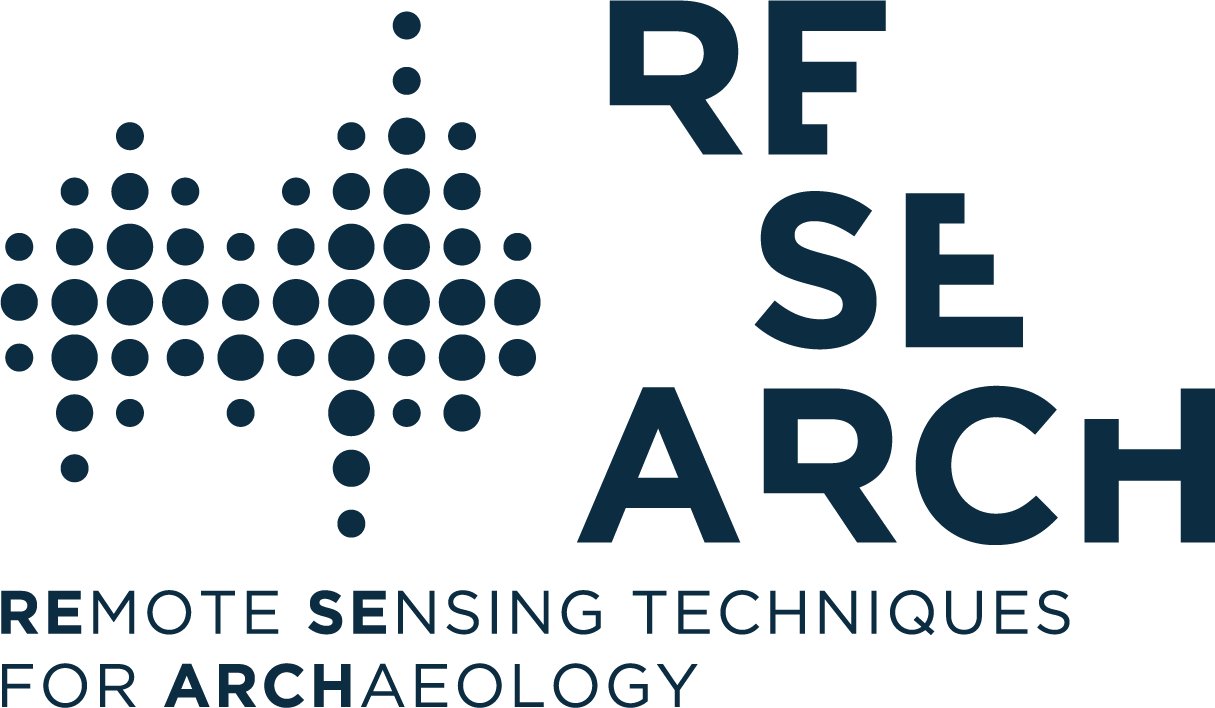Risk can be technically defined as the product of three factors: hazard, exposure and vulnerability. Hazard is anything (tangible or intangible) that can cause harm to some exposed assets. It is the risk source, the threat, meaning every element which alone or in combination has the intrinsic potential to give rise to risk. The exposure is the asset that can be damaged. The vulnerability is related to the intrinsic properties of the asset that can result in susceptibility to a risk source (that is to say, the aspects of the exposed elements that make them vulnerable to a given hazard).
By definition, risk assessment is considered as composed by three phases: risk identification, risk analysis and risk evaluation. The first is the process of finding, recognizing and describing risks. It involves the identification of risk sources, their causes and their potential consequences. Risk analysis refers to the process to comprehend the nature of risk and to determine its level, while risk evaluation, is the process of comparing the results of risk analysis with risk criteria to determine whether the risk and/or its magnitude is acceptable or tolerable. The resulting considerations can (or better, have to) assist in the decisions about risk treatment. This process, in fact, provides an objective basis for discussion and decision making, in particular about preparedness and mitigation measures).
RESEARCH apply a rigorous methodology specifically designed to assess the risk for expose archaeological heritage in respect to land movement, soil erosion and land use change. In order to analyse the threat and produce hazard maps, environmental, geological and climatic data will be processed and specific processing chains will be used, designed and tested. Archaeological heritage sites and features will be analysed and catalogued following vulnerability parameters related to the potential susceptibility of features to the different types of hazard considered.
The products of the processing chains for the hazard assessment and archaeological dataset will be managed inside a GIS platform, in order to produce, show and share final products, consisting in risk maps and warning maps.
Climate Change and Archaeology
Climate change is one of the most important and urgent problem facing us today, with implications for natural and societal systems including landscape and cultural heritage preservation.
